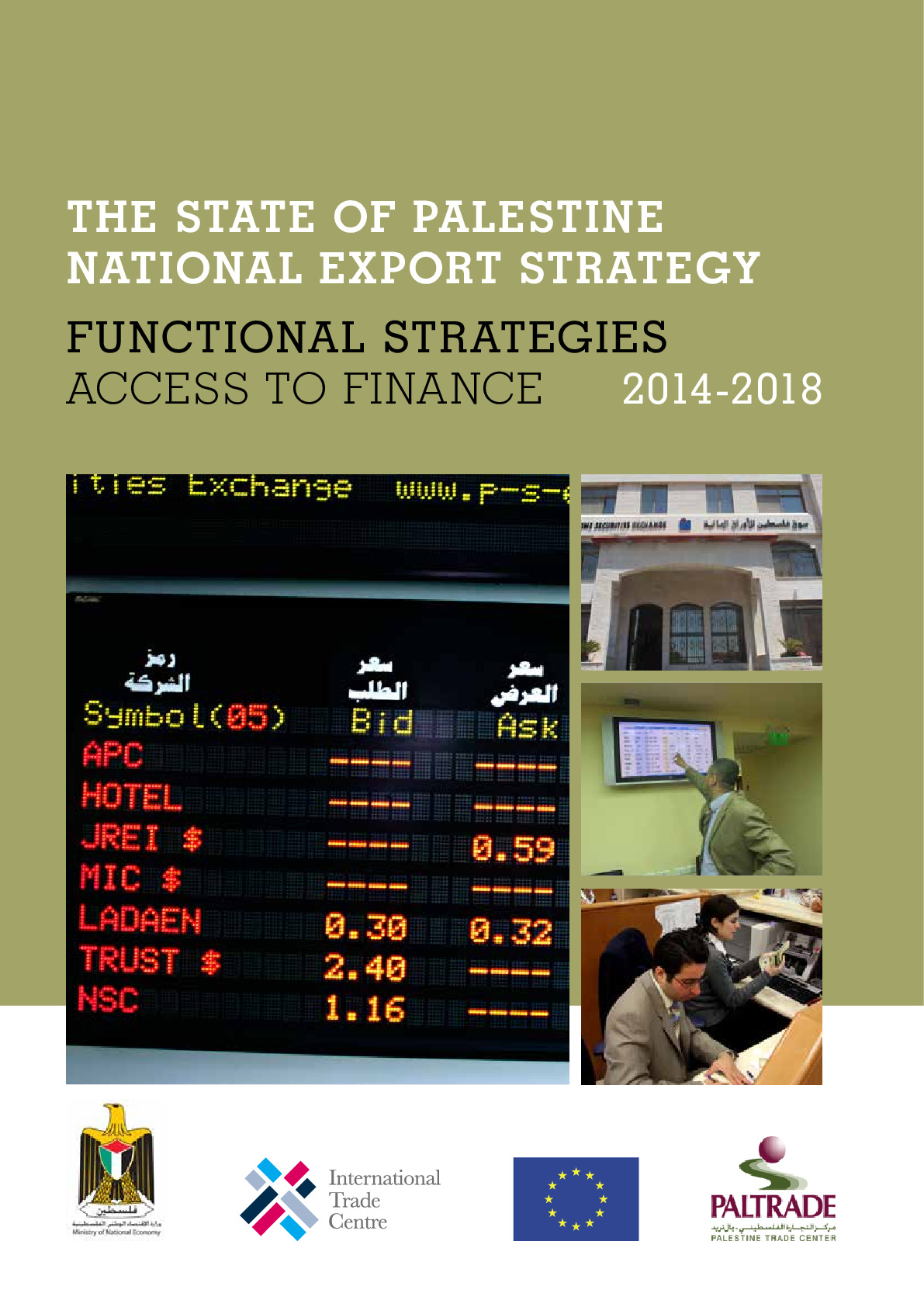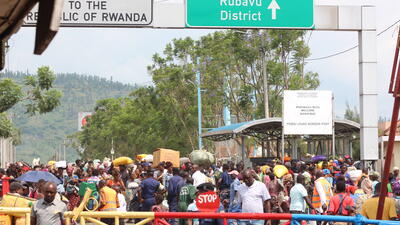


Trade support function strategies
Vibrant exports depend on specialized services, from branding to logistics and finance.
Designing a strategy for these trade support functions benefits the entire country.
By analysing the services already on offer, the strategy reduces duplication and identifies gaps. That makes trade more efficient.
Using ITC's signature approach, these strategies are designed in six to eight months.

Where are we now? |
A national level assessment conducts a service map analysis and identifies constraints. The national level assessment looks at economic performance, trade policy, and institutional support network. It also reviews existing plans and strategies. A service map analysis reveals exporters’ requirements, gaps, duplications and inconsistencies in key trade support services. It also looks for potential linkages between national and regional value chains. Competitiveness constraints identify the main issues hindering exports -- issues that the strategy can tackle. |
Where do we want to go? |
Next, a strategic framework sets out a vision and objectives so that stakeholders can chart an overall direction. |
How do we get there? |
A plan of action allocates responsibilities, specifies targets, and assigns resources. And finally, an implementation framework ensures that the strategy accomplishes its goals by allocating resources and assigning responsibilities. |
Quality trade-support services such as trade facilitation, quality management, and technical training are vital for competitive businesses and for national trade development.
Functional strategies have included areas such as:
|
Access to finance |
Branding |
E-commerce |
Institutional alignment |
Logistics |
Skills development |
|
SME development |
Trade facilitation |
Trade finance |
Trade information |
Trade promotion |
Quality management |























